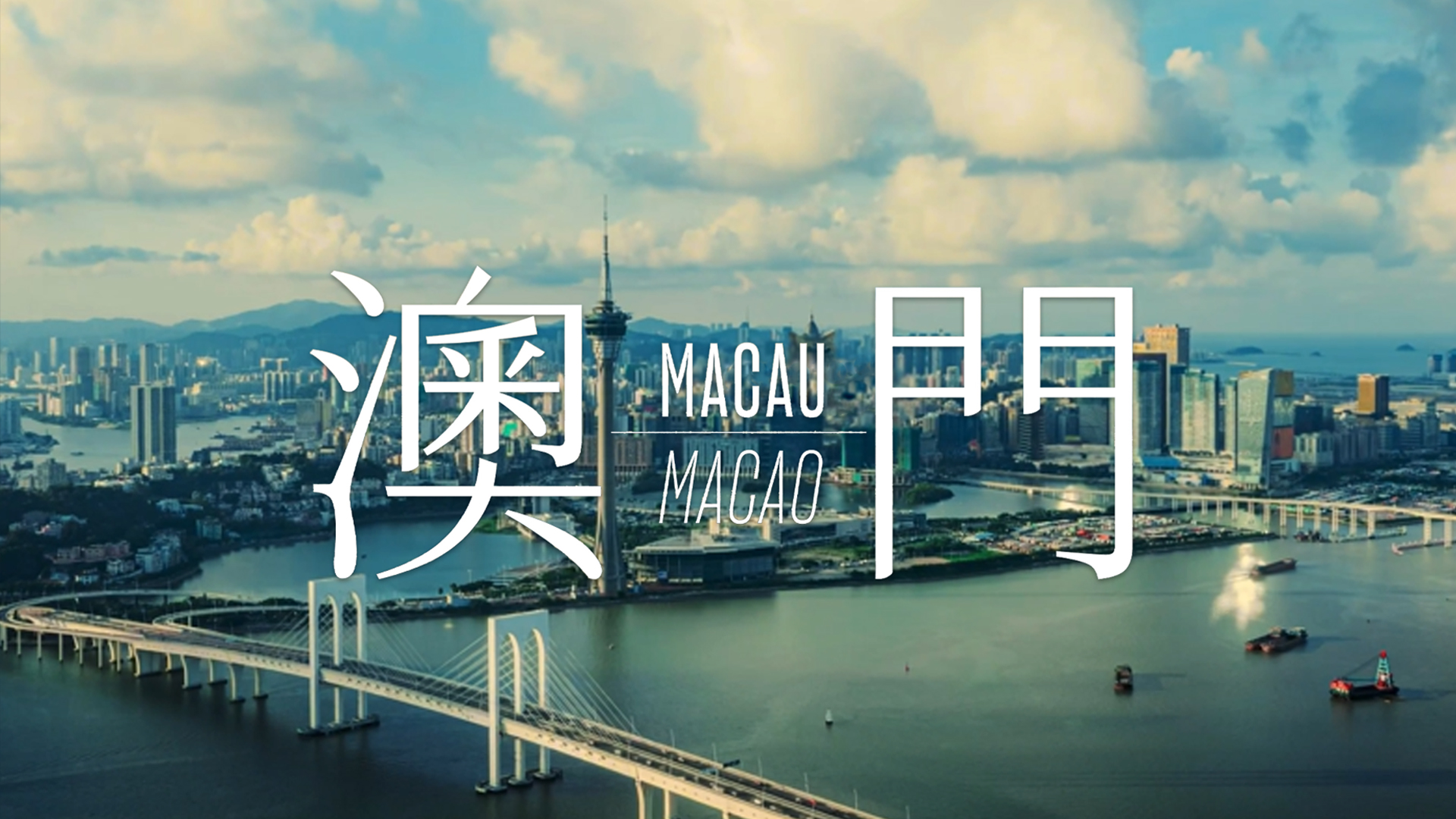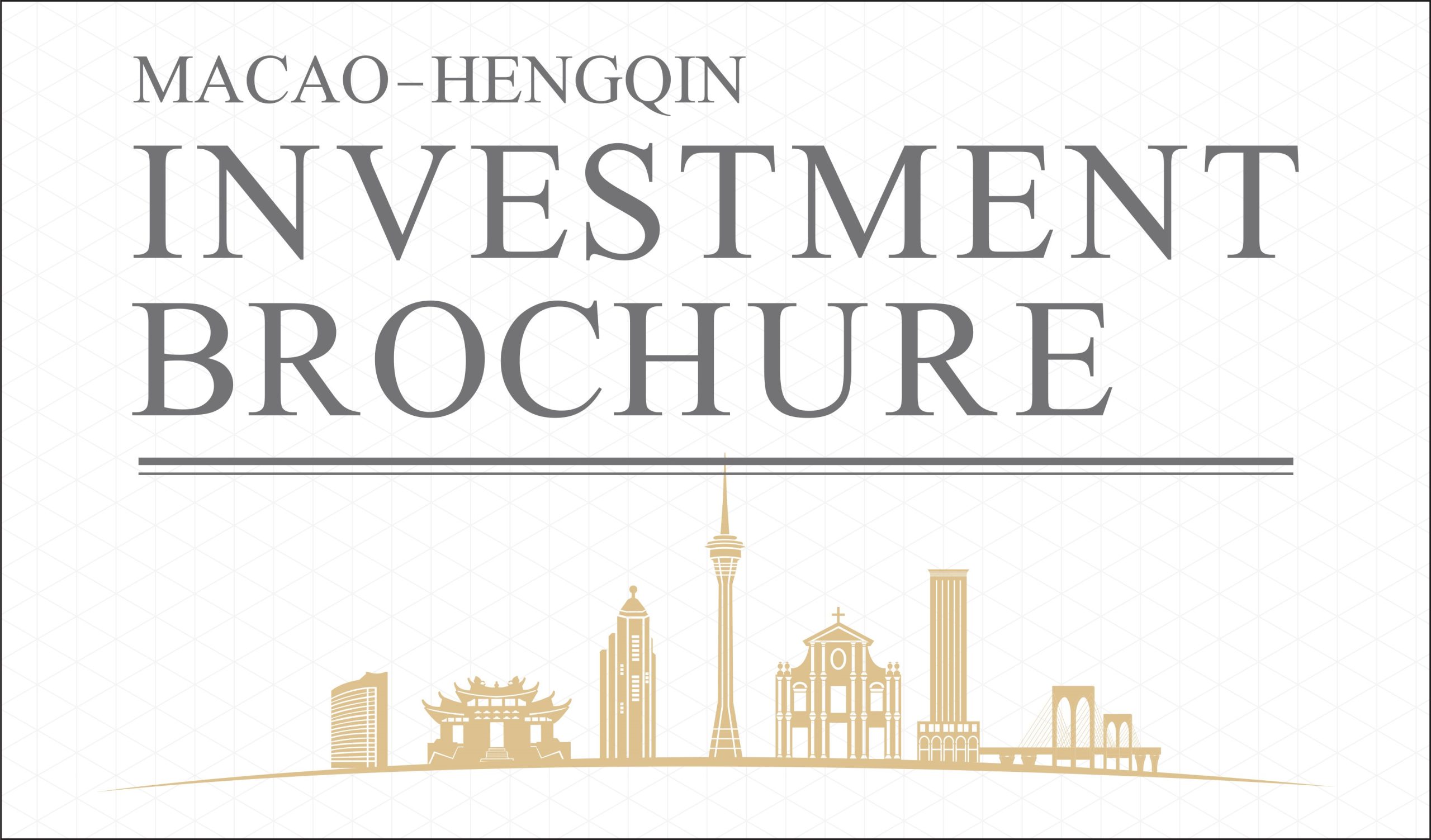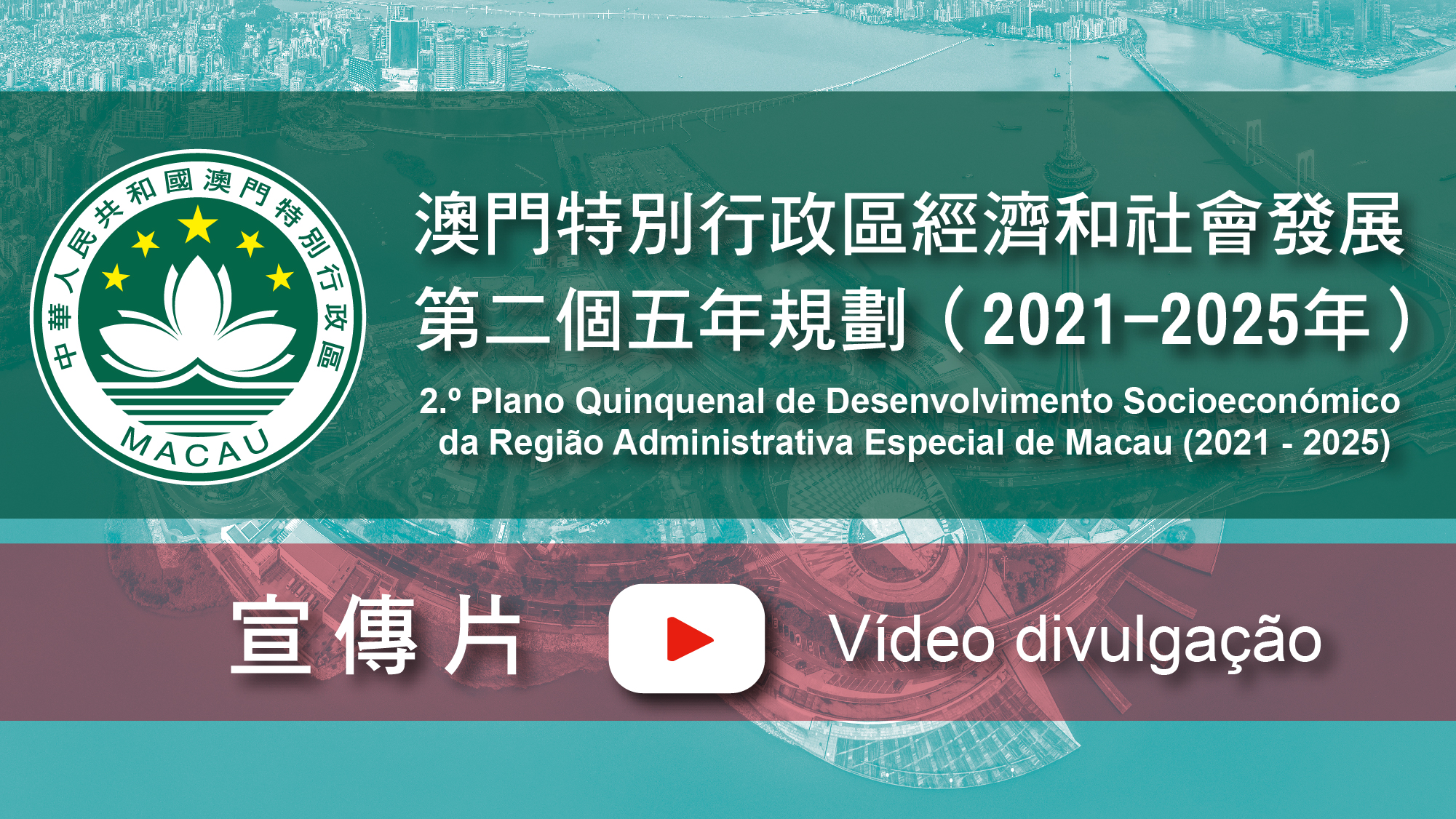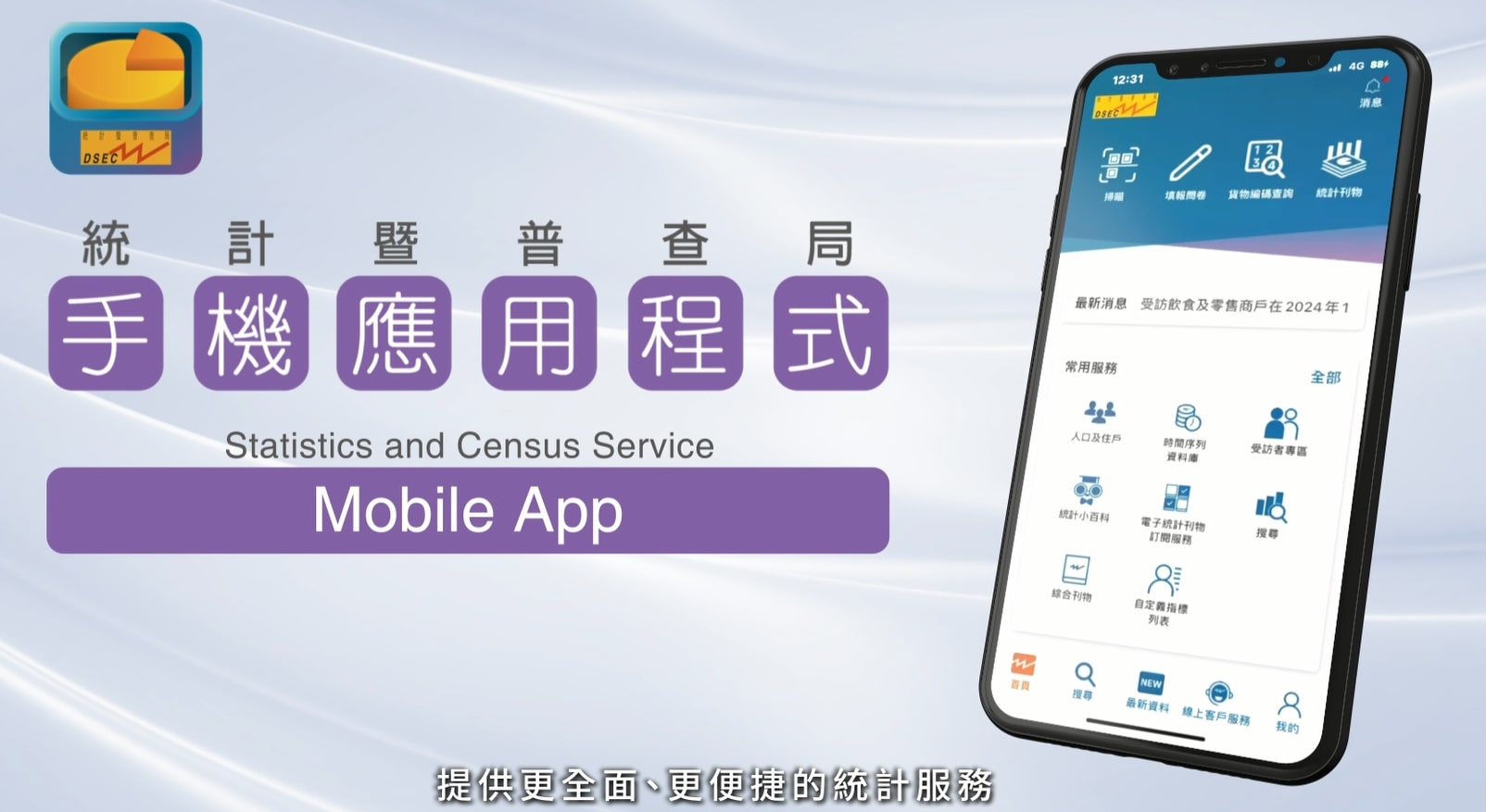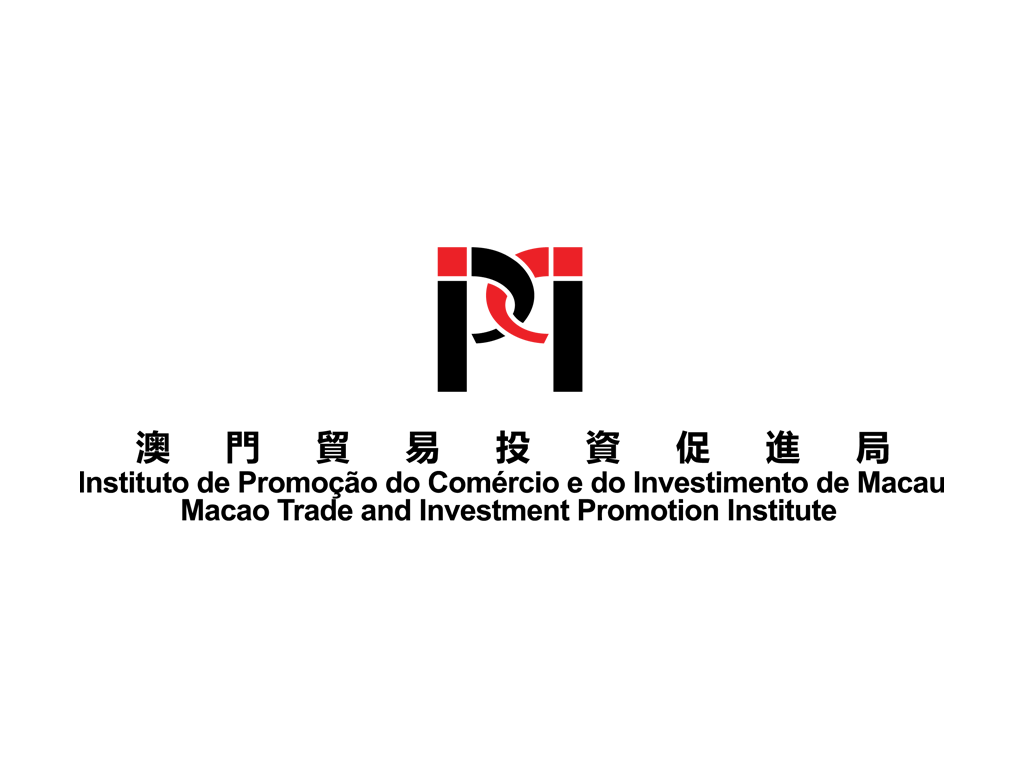Search Issues
Portuguese Republic
Portuguese Republic commonly known as Portugal is located on the southwestern part of the Iberian Peninsula in Europe, connected to Spain in the east and north and bordering to the Atlantic Ocean to the west and south. It has a land area of 92,225.61 square kilometres and a coastline of 832 kilometres. Portugal has a population of 10,295,909, with the density of 111.6 people per square kilometre. Portuguese people are the majority with other legal foreign residents being mainly from Portuguese-speaking Countries such as Brazil, Cabo Verde, Angola and Guinea-Bissau, there are also residents from China and other EU countries. The official language is Portuguese and the main religion is Catholicism. The country is divided into 18 districts and two autonomous regions. Lisbon is the capital and the largest city. It is also the political, economic, financial, cultural and technological centre of the country.
Portugal is a member state of the European Union (EU), as well as member of other international organisations such as the United Nations (UN), World Trade Organisation (WTO), North Atlantic Treaty Organisation (NATO) and Community of Portuguese Language Countries (CPLP), among others. Portugal’s infrastructure is complete. It has good social security and a high degree of a market-based economy. Portugal also enjoys certain geographical advantages as it is within easy reach of the markets in European and Portuguese-speaking Countries. The average wages are lower than most EU member states. Portugal has a relatively weak industrial base and the Portuguese economy is dominated by the service industry. In particular, tourism is developing quite well. In addition, cork processing is one of Portugal’s distinct traditions and a pillar industry of the national economy. Other characteristic industries include wine, olive oil, footwear, pharmaceuticals, moulds, and renewable energy.
Information of Business Opportunities in Portugal
Portugal is rich in mineral resources, which include tungsten, copper, yellow iron, uranium, hematite, magnetite and marble. Among them, tungsten reserves are ranked first in Western Europe.
The industrial sector includes cork, wine, electricity, textiles, clothing, footwear, food, chemicals, paper, electronic equipment and ceramics. Cork production accounts for more than half of the world’s total output and exports rank first in the world.
The agricultural products in Portugal are mainly olive and grapes, with an annual output of 6.557 million litres of wine and 1.47 million litres of olive oil (2018).
The service industry takes the lead in the Portuguese economy. In particular, tourism is developing quite well. In 2019, Portugal received approximately 27 million visitors. The most popular tourist destinations include Lisbon, Porto, Algarve and Madeira Islands. There are 15 large airports, 38 small airports, and 11 heliports in the country. The major international airports are located in coastal areas such as Lisbon and Porto.
Overview of Economic and Trade Co-operation between China and Portugal
China and Portugal formally established diplomatic relations on 8 February 1979. In September of the same year, the two countries deployed ambassadors in each other’s country. Since then, the leaders of the two sides have frequently exchanged visits. The co-operation between the two countries in political, economic and trade, cultural, scientific and technological, military and other fields have continued to deepen. In April 1987, China and Portugal signed the “Sino-Portuguese Joint Statement on Macao Issues” under equal consultations. China resumed the exercise of sovereignty over Macao on 20 December 1999. In 2005, the leaders of the two countries announced the establishment of a comprehensive strategic partnership and signed agreements on co-operation in the fields of economy, culture, education, justice, investment and healthcare.
According to the statistics of the General Administration of Customs of the People’s Republic of China, the bilateral trade volume between China and Portugal reached US$6.6 billion in 2019, of which China’s total exports to Portugal are valued at approximately US$4.3 billion. Major exports to Portugal include electrical machinery, electrical appliances, toys, furniture and steel products. China’s total imports from Portugal are worth approximately US$2.3 billion. Goods imported from Portugal mainly include cork and its products, mechanical appliances, electrical equipment, pulp and paper and mineral products.
Since the establishment of diplomatic relations between China and Portugal, the two sides have gradually increased exchanges in the fields of culture, science and technology, education and others. Both parties signed the “Agreement on Mutual Establishment of Cultural Centres” and “Agreement on Mutual Recognition of Higher Education Degrees and Degree Certificates”. In addition, the University of Lisbon, Minho University, University of Aveiro, University of Coimbra and the University of Porto have established Confucius Institutes. In terms of scientific and technological collaboration, the two sides signed the “Science and Technology Co-operation Agreement” and “Agreement on Co-operation in Research and Innovation in Marine Science”, and established a “Blue Partnership” in 2017. In terms of justice, the two countries signed the “Sino-Portuguese Criminal Justice Agreement”, “Sino-Portuguese Extradition Treaty” and “Sino-Portuguese Transfer of Sentenced Persons Treaty”. There are six twinned cities between China and Portugal. In 2000, the China-Portugal Friendship Association was established in Beijing. The National People’s Congress in China and the Portuguese Parliament set up friendship groups with each other.
Main Economic Indicators in 2019
| GDP (Current US$) (in US$ billions) | 237.7 |
| GDP per capita (Current US$) | 23,145.0 |
| Real GDP Growth (annual %) | 2.2 |
| Inflation, GDP deflator (annual %) | 1.7 |
| Foreign direct investment, net inflows (BOP, current US$) (in US$ billions) | 8.3 |
| Surface area (sq. km) | 92,225.6 |
| Population | 10,295,909 |
Source:
1. Statistics Portugal, https://www.ine.pt/xportal/xmain?xpgid=ine_main&xpid=INE
2. World Bank, https://data.worldbank.org/
Major Trading Partners of Portugal (2019)
| Main Export Destinations | Total Exports (US$ millions) | Percentage (%) |
| Spain | 16,706.17 | 24.9 |
| France | 8,708.84 | 13.0 |
| Germany | 8,021.33 | 12.0 |
| Britain | 4,078.38 | 6.1 |
| Main Origin for Imports | Total Exports (US$ millions) | Percentage (%) |
| Spain | 27,334.37 | 30.4 |
| Germany | 11,965.60 | 13.3 |
| France | 8,810.82 | 9.8 |
| Italy | 4,596.30 | 5.1 |
| Netherlands | 4,404.22 | 4.9 |
Source: International Monetary Fund, https://www.imf.org/en/Data
Foreign Trade Statistics of Portugal |
(Unit: US$ million) |
| Year | Total trade | Total exports | Total imports |
| 2019 | 156,932.83 | 67,060.72 | 89,872.11 |
| 2018 | 157,421.04 | 68,361.13 | 89,059.91 |
Source: International Monetary Fund Data, https://www.imf.org/en/Data
Statistics on the trade between China
|
(Unit: US$ million) |
| Year | Total trade | Total exports to Portugal | Total imports from Portugal |
| 2019 | 6,689.8 | 4,367.5 | 2,322.3 |
| 2018 | 6,000.1 | 3,751.3 | 2,248.8 |
Source : General Administration of Customs, People’s Republic of China, http://online.customs.gov.cn/
Statistics on the Trade between Macao
|
(Unit: US$ million) |
| Year | Total trade | Total exports to Portugal | Total imports from Portugal |
| 2019 | 40.76 | 0.04 | 40.72 |
| 2018 | 44.17 | 3.03 | 41.14 |
Source : Statistics and Census Service (DSEC), Macao SAR Government, https://www.dsec.gov.mo/
Source of Data:
Statistics Portugal:
https://www.ine.pt/xportal/xmain?xpgid=ine_main&xpid=INE
World Bank:
https://data.worldbank.org/
Ministry of Foreign Affairs, People’s Republic of China:
https://www.fmprc.gov.cn/web/
Macao Trade and Investment Promotion Institute (IPIM) – Portuguese-speaking Countries Briefing:
https://www.ipim.gov.mo/zh-hant/market-information/portuguese-speaking-countries/portuguese-speaking-countries-briefing/
General Administration of Customs, People’s Republic of China:
http://online.customs.gov.cn/
International Monetary Fund Data:
https://www.imf.org/en/Data
Statistics and Census Service (DSEC), Macao SAR Government:
https://www.dsec.gov.mo/



